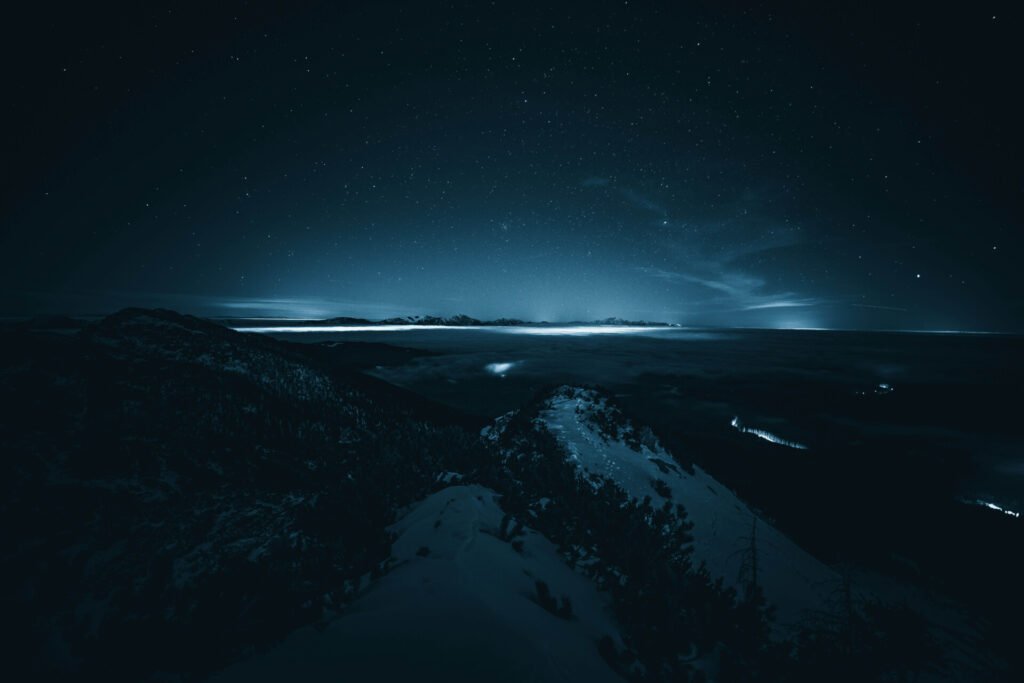The yearly months-long darkness in Utqiagvik, Alaska, the northernmost town in the United States, is about to begin. The sun will set on November 18 at precisely 1:27 p.m. local time and stay below the horizon until January 22, 2025, marking the beginning of Utqiagvik polar nights.
Daylight will only last 48 minutes when it rises at 1:15 p.m. This polar night phenomenon occurs because Utqiagvik is located roughly 330 miles north of the Arctic Circle at 71.17 degrees North latitude. This town, formerly known as Barrow, has a population of approximately 5,000 residents who endure frigid conditions during the prolonged darkness.
Only 37% of the year is made up of days above freezing, and temperatures rarely rise beyond zero. The lack of sunrise creates a harsh climate, a frigid air mass that affects weather patterns across the northern hemisphere.
The darkest day falls on December 21, the winter solstice, when the sun remains 4.7 degrees at noon. Because of Earth’s tilted axis, Arctic regions may spend extended periods facing away from the sun between the fall and spring equinoxes. This effect is more pronounced near the poles, resulting in extended darkness or endless brightness.
With endless daylight from May 11 to August 19, 2025, Utqiagvik’s summers provide a striking contrast to the town’s polar night-dominated winters. Residents can enjoy constant sunshine due to this occurrence known as the “land of the midnight sun.” Although the angle and intensity of the sunlight vary, all parts of the planet receive roughly the same number of hours of sunlight each year.
Due to the sun’s angle, sunlight has less heating power in high-latitude places like Utqiagvik. This unusual light cycle highlights the challenging but breathtaking Arctic life and Utqiagvik polar nights.












